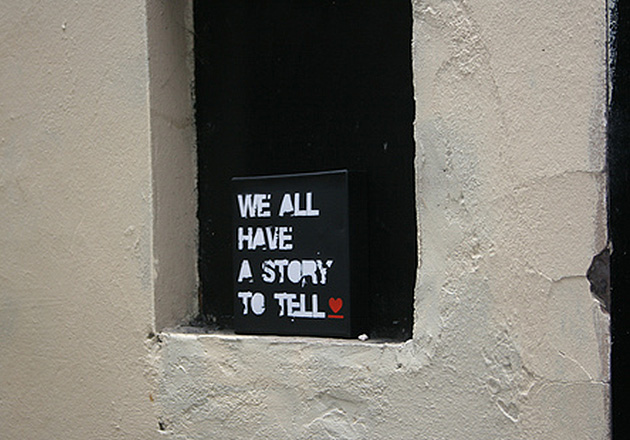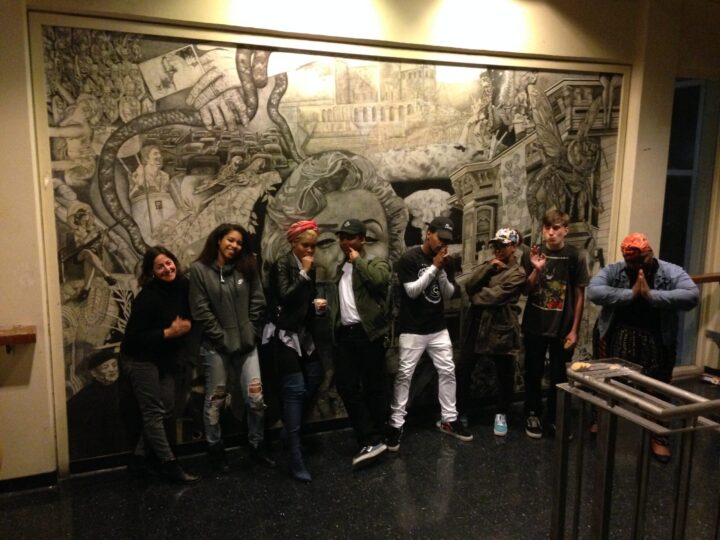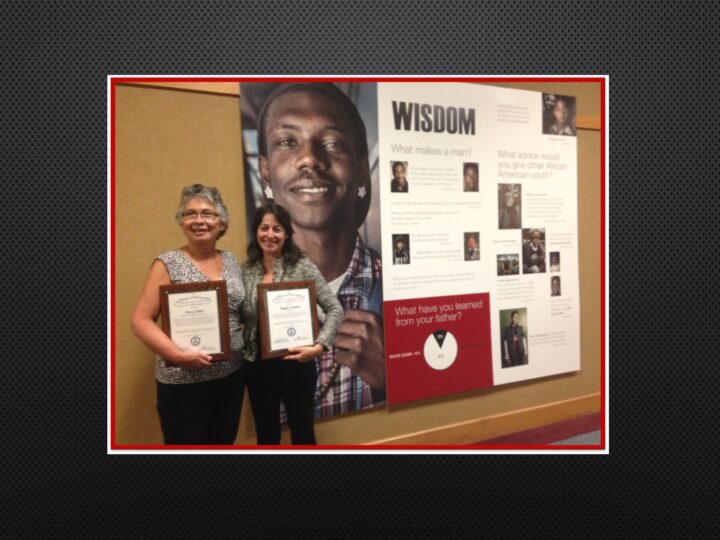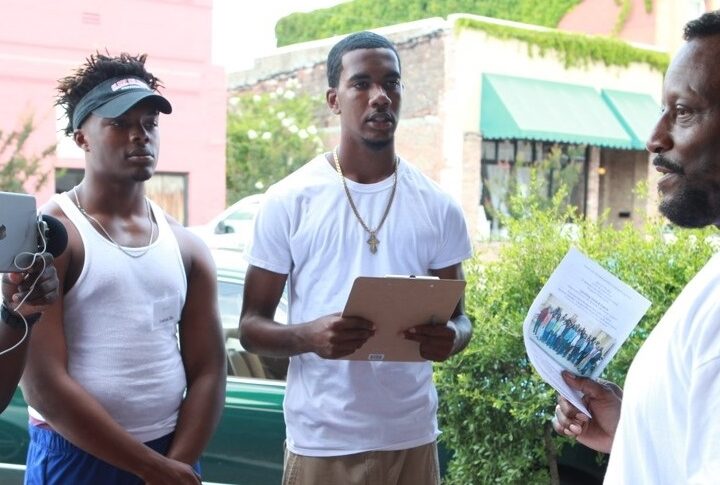
People have been telling stories for as long as we could make sounds and draw on cave walls.
But it has not been until recently that the world of science has gotten interested in what makes stories special. Why do we tell them? How do they affect us?
In his article The Science of Storytelling, Leo Widrich discusses the neuroscience of story sharing. While a dry powerpoint presentation or a list of data will activate only the language processing part of your brain, “a story” says Widrich, “can put your whole brain to work.” When someone tells you a story about running through a field, your motor cortex is activated. When they tell you about picking ripe juicy blackberries, your sensory cortex lights up. Instead of just processing words, your whole brain becomes engaged in the experience.
Incredibly, when you hear a story, those parts of the brain that are activated actually synch up with the storyteller’s. Their frontal cortex lights up. Your frontal cortex lights up. A part of your brain called the insula then connects the emotions from the story–surprise, stress, happiness–to your own past experiences.
Says Uri Hasson of Princeton, “A story is the only way to activate parts in the brain so that a listener turns the story into their own idea and experience.”
In other words, we tell stories because they connect us. They make someone else’s world part of our own.
At Story Bridges, we believe that bringing out a person’s stories can both empower them and help them transform their community. Imagine the power of two brains, ten brains, a thousand brains lighting up all at once. Now that’s illuminating!




